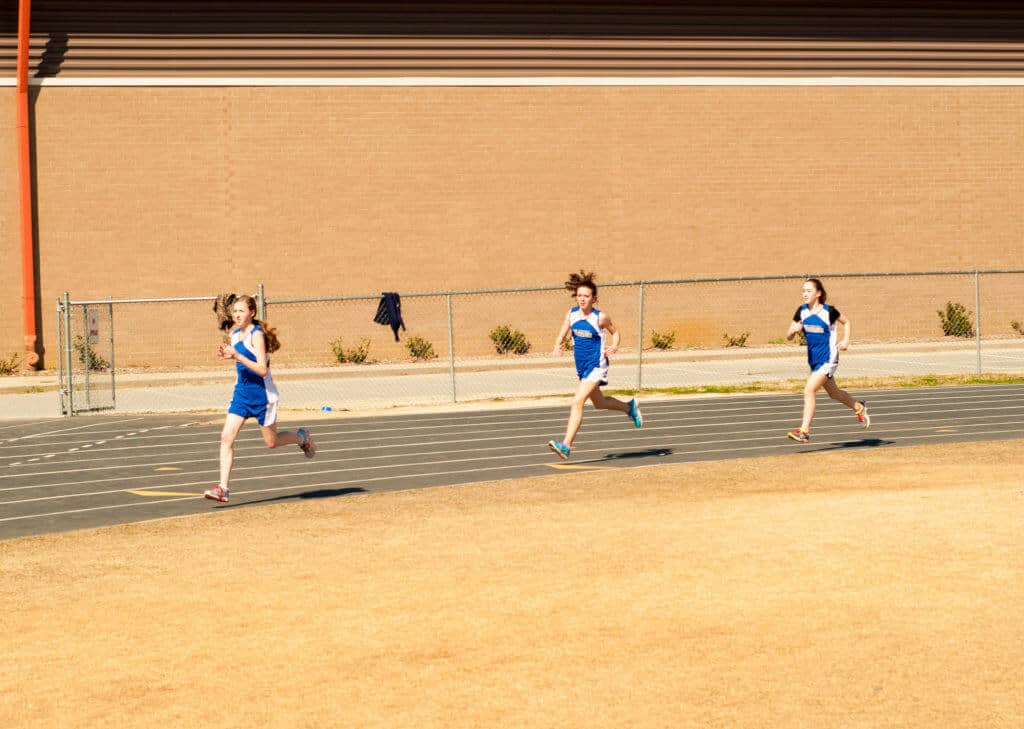
The New Curriculum
Changes to the PE curriculum this year have not been viewed positively by everyone. While the new PE National Curriculum contains several changes, one in particular has been seen a as particularly controversial. Previously, GCSEs in physical education had been assessed using a mixture of exam and non-exam components. 40 per cent of the total marks were allocated to exam assessment, leaving the rest to be made up of non-exam performance based practical assessment. However, the new proposed arrangements will allow only 30 per cent of a student’s grade to be comprised of non-exam assessment, instead placing a much greater emphasis on student’s theoretical knowledge and understanding of the way in which physical activity and performance is influenced by various physical, scientific, historical and socio-cultural factors. The Ofqual (2014) proposal notes that this change will remove current flexibility in PE assessment and therefore ‘enhance comparability between different qualifications’.
The theory aspect of the revised subject will include discussion of health, fitness and wellbeing, such as physical, emotional and social health, sports psychology, energy systems, diet, nutrition and hydration, and the consequences of a sedentary lifestyle. Other material will examine the use of data and applied anatomy and physiology. There is also an emphasis on different social and cultural influences, commercialisation of sport, and ethical issues; an important consideration in a more closely connected modern world.
More Physical Education
Critics of the revised curriculum say the proposed changes will cut far too much of the practical component from what should be a practical subject. A recent petition to education secretary Nicky Morgan cites the worrying trend of inactivity in young people, and argues that an almost entirely theoretical course will encourage schools to spend too much time on exam technique and too little on the physical activity of students. This will impact the career choices of those who may be less academic, but want to develop their practical skills to work in the field of physical education. Additionally, critics argue, student physical competence is being undervalued in the new changes, which could make PE a less attractive subject choice rather than encouraging more participation in sport inside or outside of school hours. There should be a greater recognition of the physical skills, fitness and tactical understanding developed by students during class.
Others have suggested a more balanced approach would include altering the assessment components to 50 per cent theory and 50 per cent practical, thereby allowing the physical aspect to remain central. For some students, physical activity during PE lessons is the only form of exercise they get during the week, especially during KS4 when their schedule is filled with additional exam revision. The focus should therefore be on increasing the academic rigour of the practical element, rather than removing it, or decreasing its weighting value significantly.
Understanding Health and Fitness
Proponents have argued the need for a curriculum-wide incorporation of teaching on health and fitness, not relying solely on PE lessons for offering students physical activity. There is growing support for the addition of healthy living education in other subjects through more active lessons, with a view to transforming health and fitness into a subject that spans the whole curriculum, much like English. A study currently underway by a team at Queens University aims to investigate the effect of introducing an additional 90 minutes per week of physical activity into current lessons, in sessions of 1 to 15 minutes. It is part of the Designed to Move initiative, and aims to incorporate a simple activity into the delivery of subject material either within or outside the classroom, exploring the feasibility of this approach with a small number of UK schools. The study is supported by earlier research that has shown exercise to have a positive impact on a student’s ability to learn. Two randomised controlled trials in the US have already taken place using a similar approach, both resulting in gains on student attainment and health.
The proposed changes are indeed controversial and with such a significant change proposed it will no doubt divide the physical education community. Whilst improving the comparability of examination subjects would be a welcomed move, it is important that the essence of the subject is not lost in the pursuit of examinations that are more directly comparable. Whether the proposed curriculum changes are implemented or not, there is a definite need for wider awareness of the inactivity epidemic. Physical activity has dropped dramatically in the last two generations alone, and it is vital that students are given the skills, knowledge, understanding and opportunity to reverse this trend as they move into adulthood.
References
- Chapman, T. (2014) ‘Keep the Physical in GCSE Physical Education!’ Available at: https://you.38degrees.org.uk/petitions/keep-the-physical-in-gcse-physical-education [Accessed 11th November 2014].
- Department of Education (date) GCSE physical education subject content. Available at: https://www.gov.uk/government/consultations/gcse-and-a-level-reform [Accessed on 11th November 2014].
- Education Endowment Foundation. (2014) Physically Active Lessons: Testing the impact of short bursts of physical activity on academic outcomes. Available at: https://educationendowmentfoundation.org.uk/projects-and-evaluation/projects/physically-active-lessons [Accessed on 11th November 2014].
- Nike, Inc. (2012) Designed To Move: A Physical Activity Agenda. Available at: https://www.sportsthinktank.com/uploads/designed-to-move-full-report-13.pdf [Accessed 11th November 2014].
- Office of Qualifications and Examinations Regulation. (2014) Physical education: 3. Subject-specific proposals. Available at: https://assets.publishing.service.gov.uk/government/uploads/system/uploads/attachment_data/file/413619/gcse-as-and-a-level-pe-consultation-on-conditions-and-guidance.pdf [Accessed 11th November 2014].
Photo: Carissa Rogers


Responses